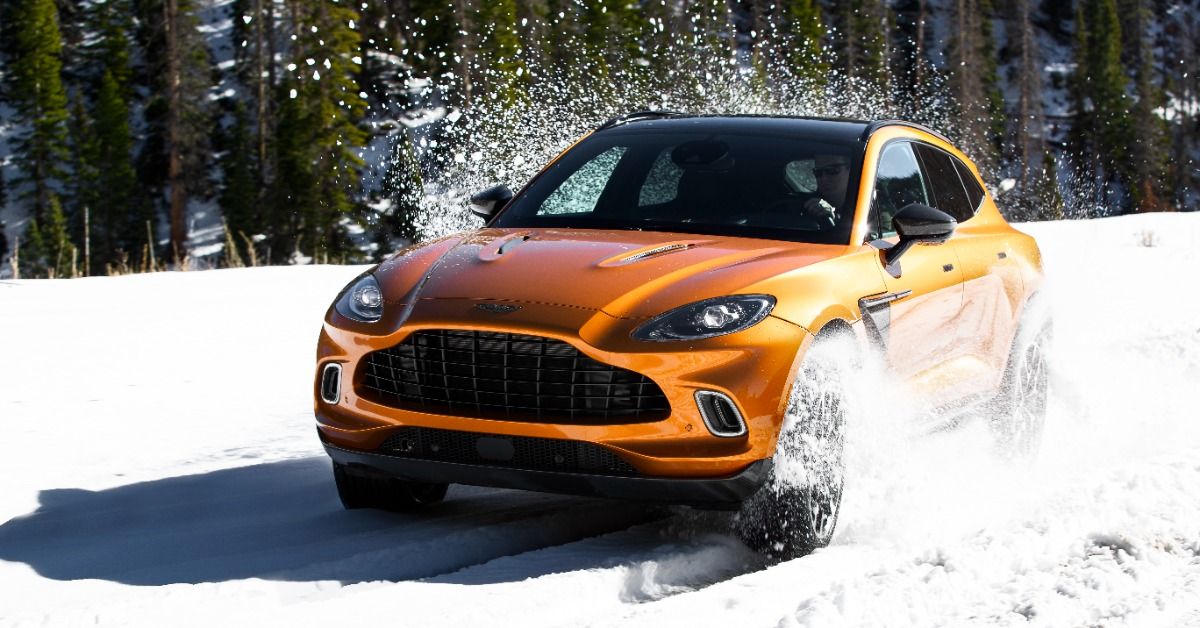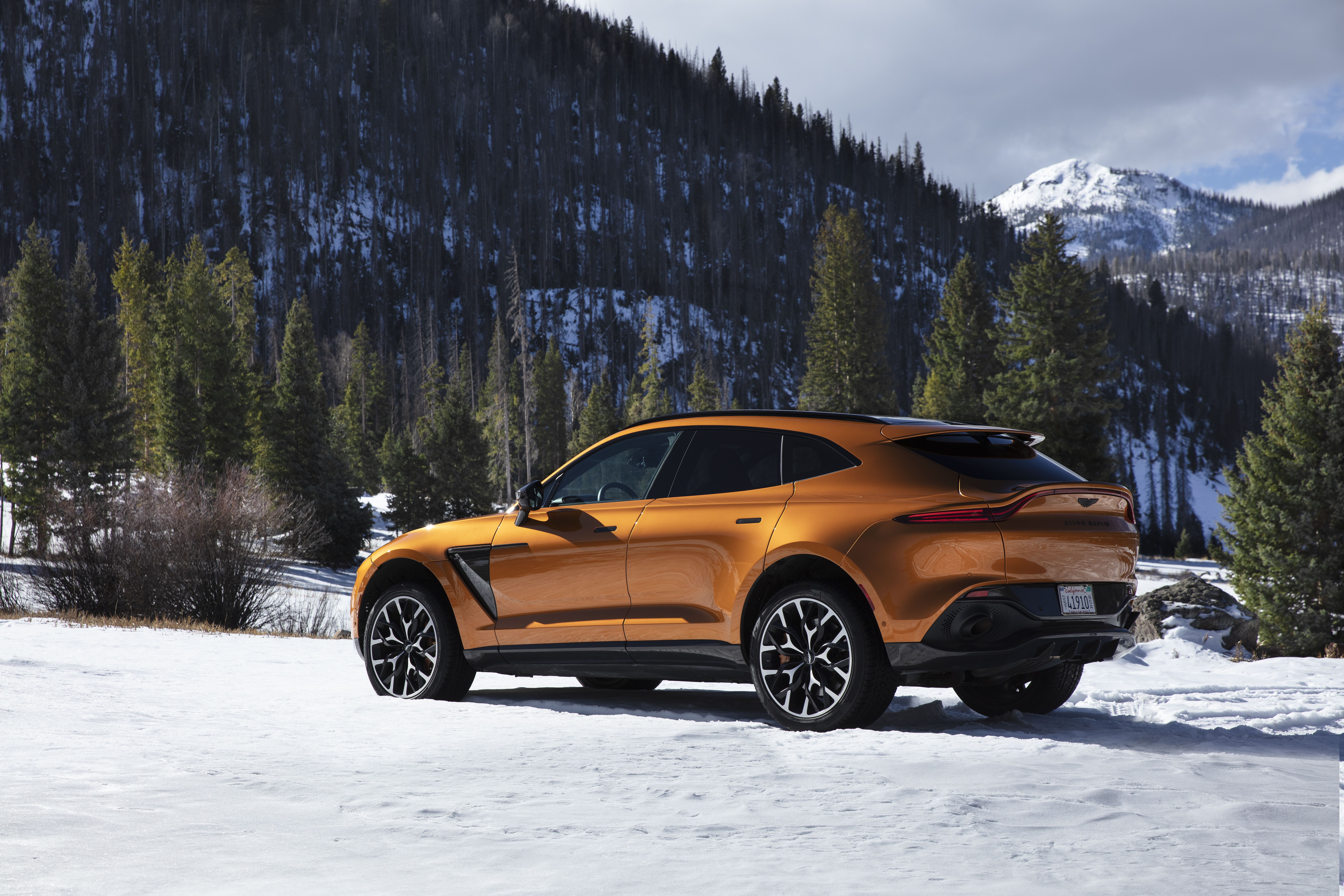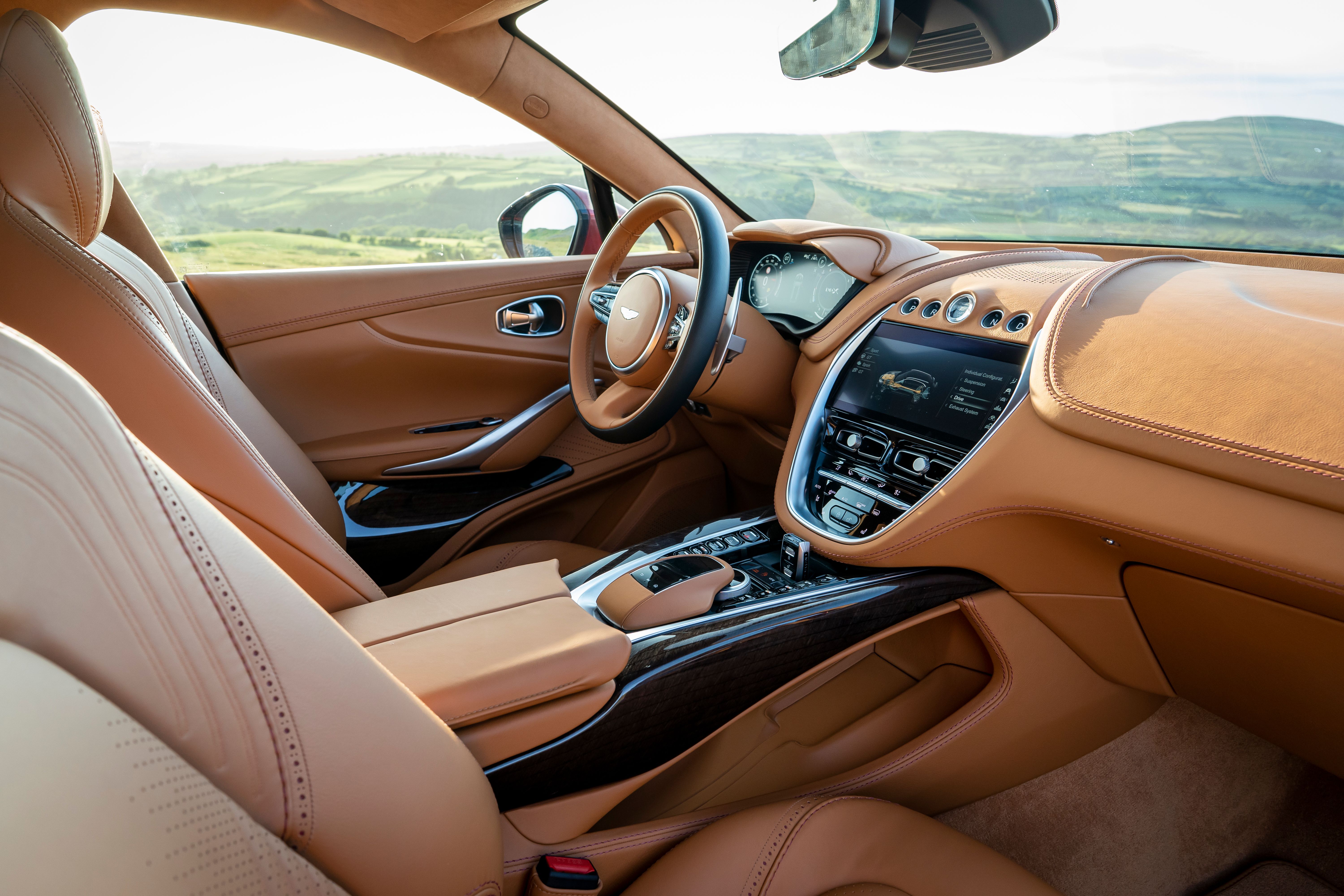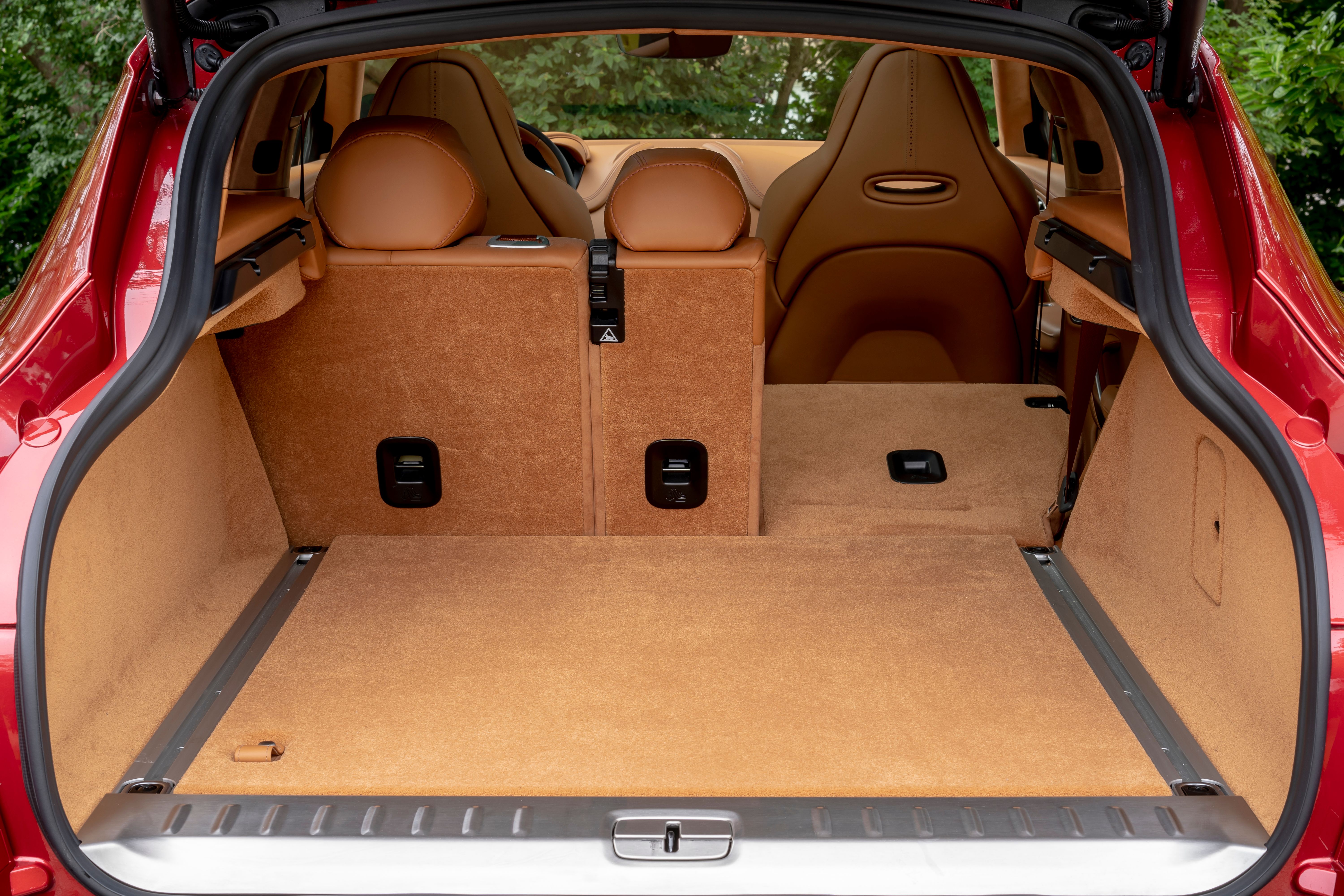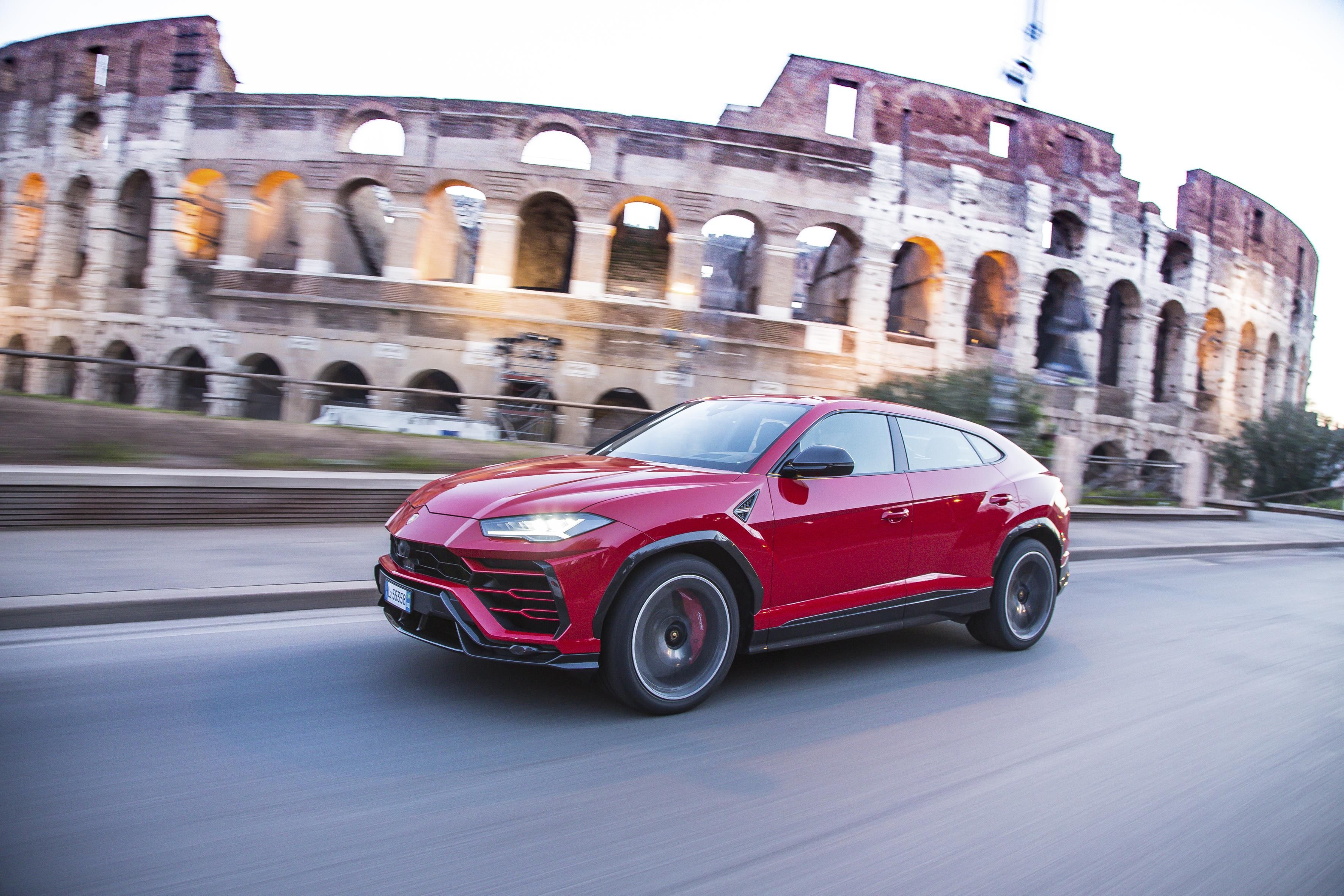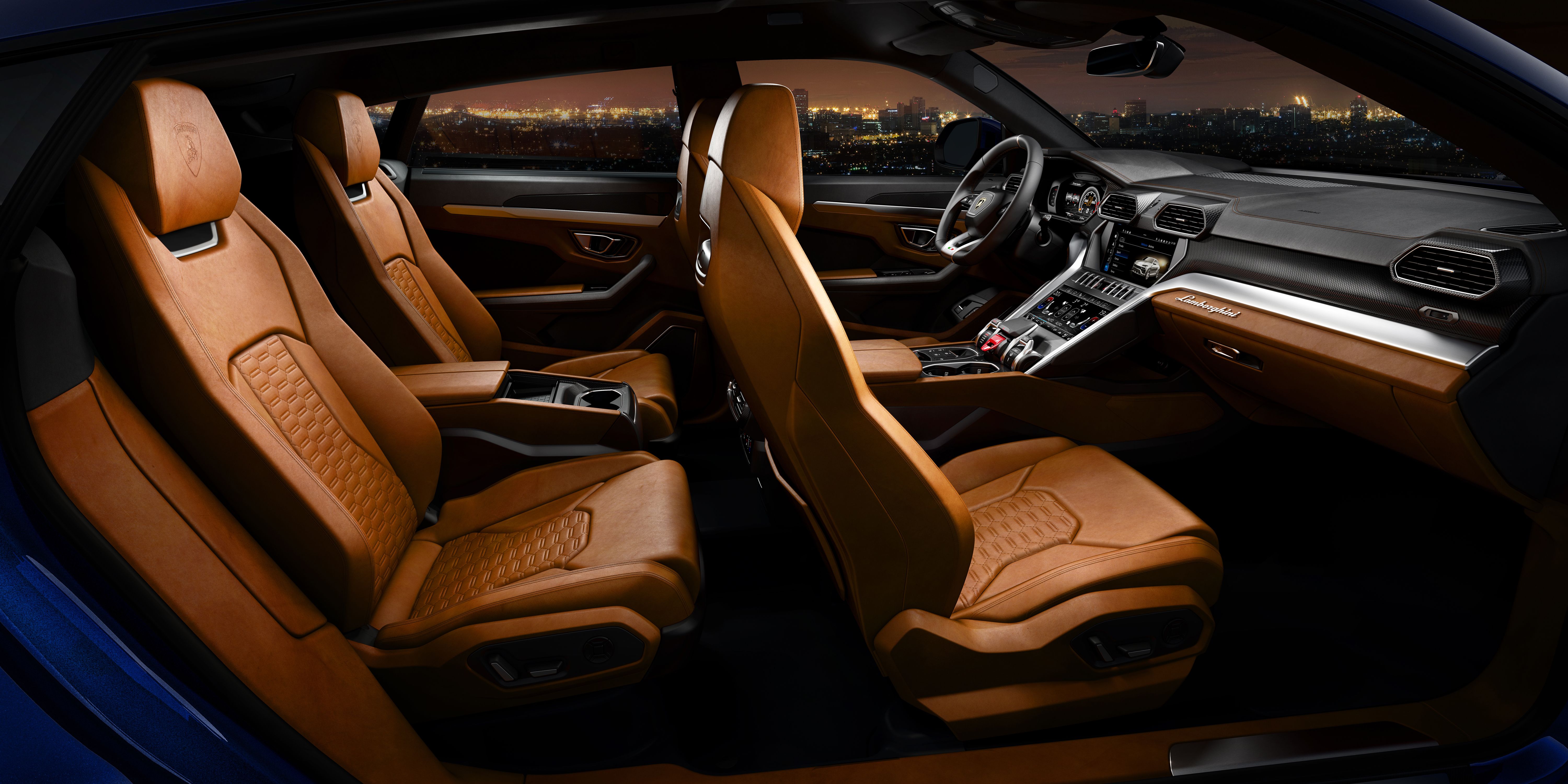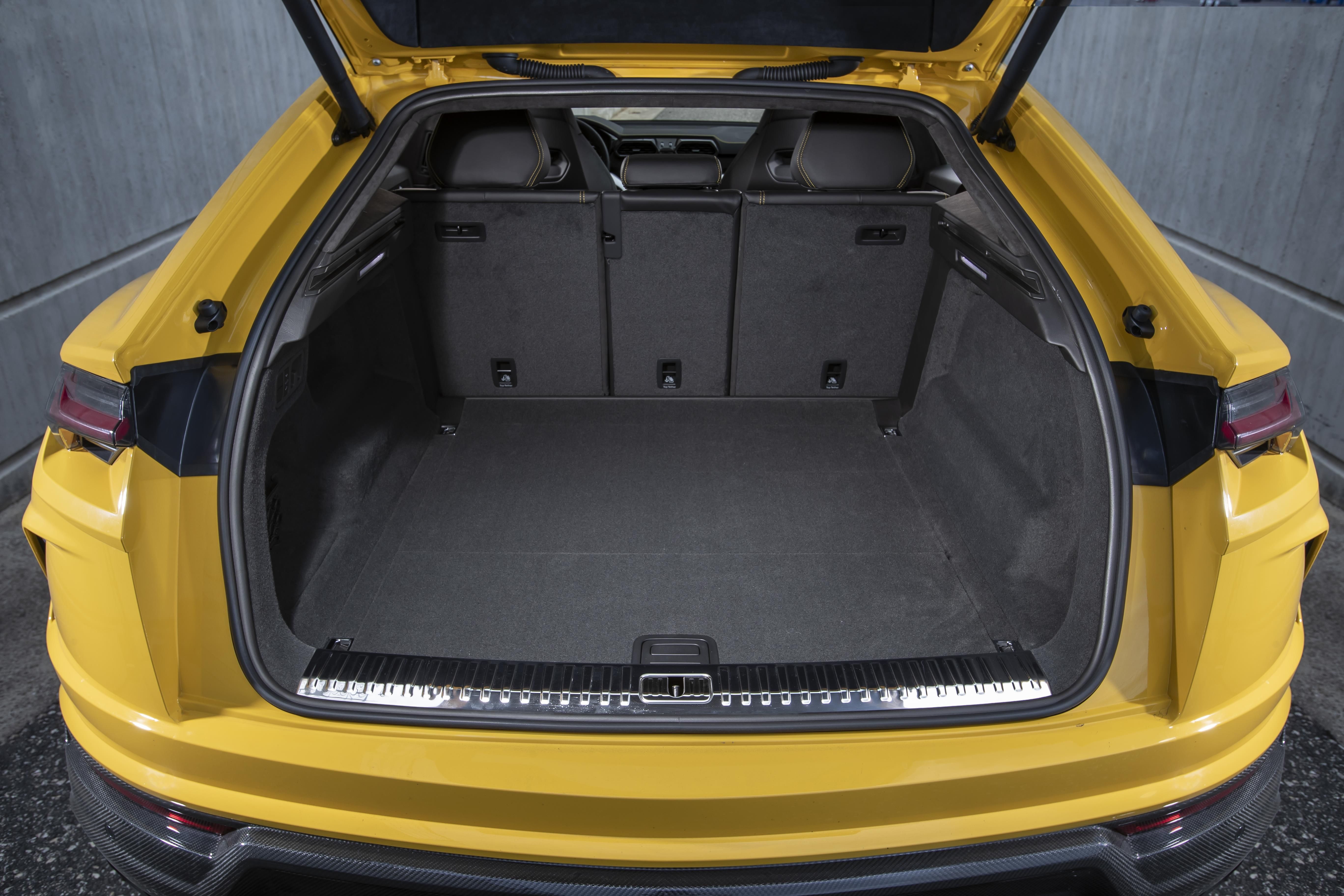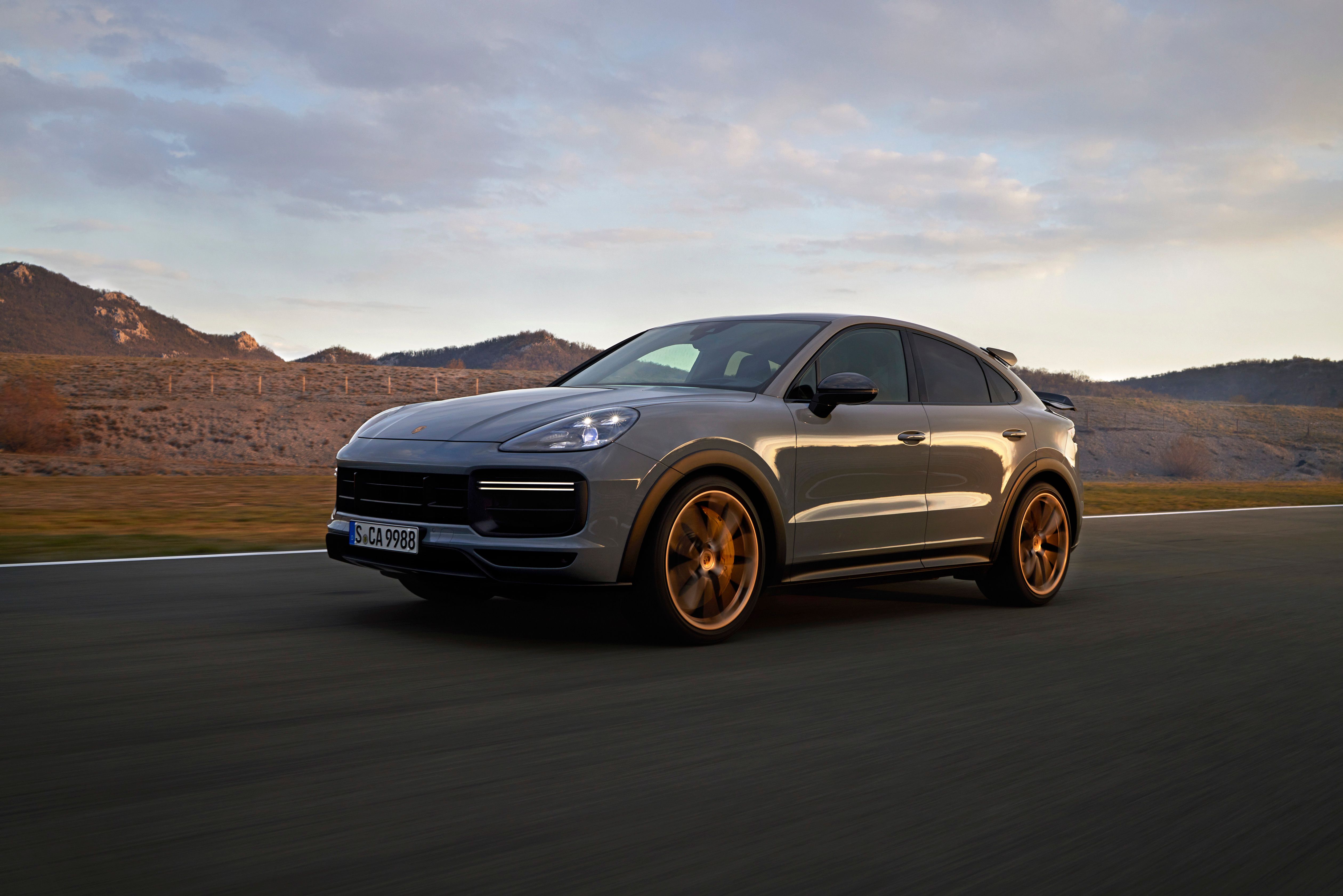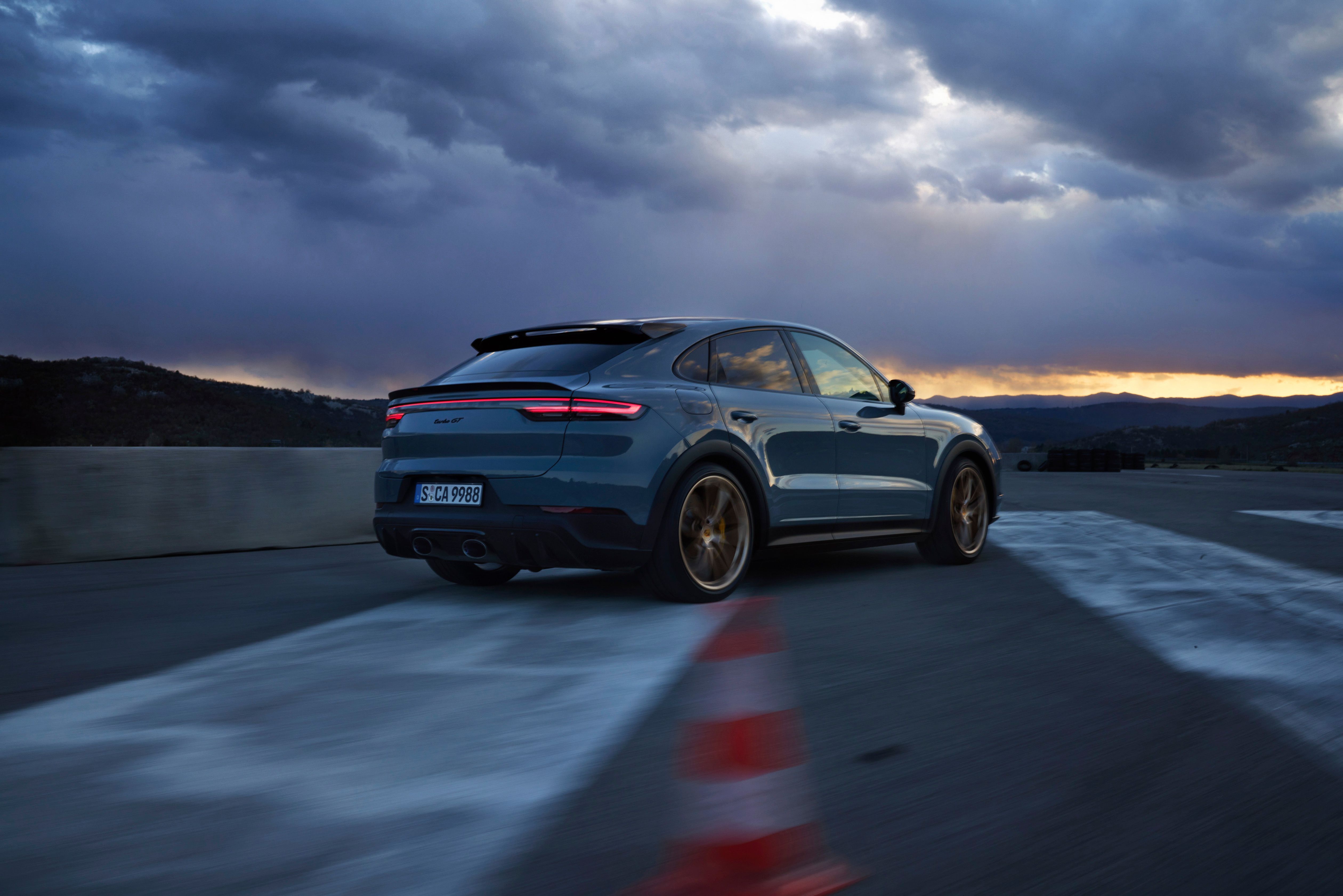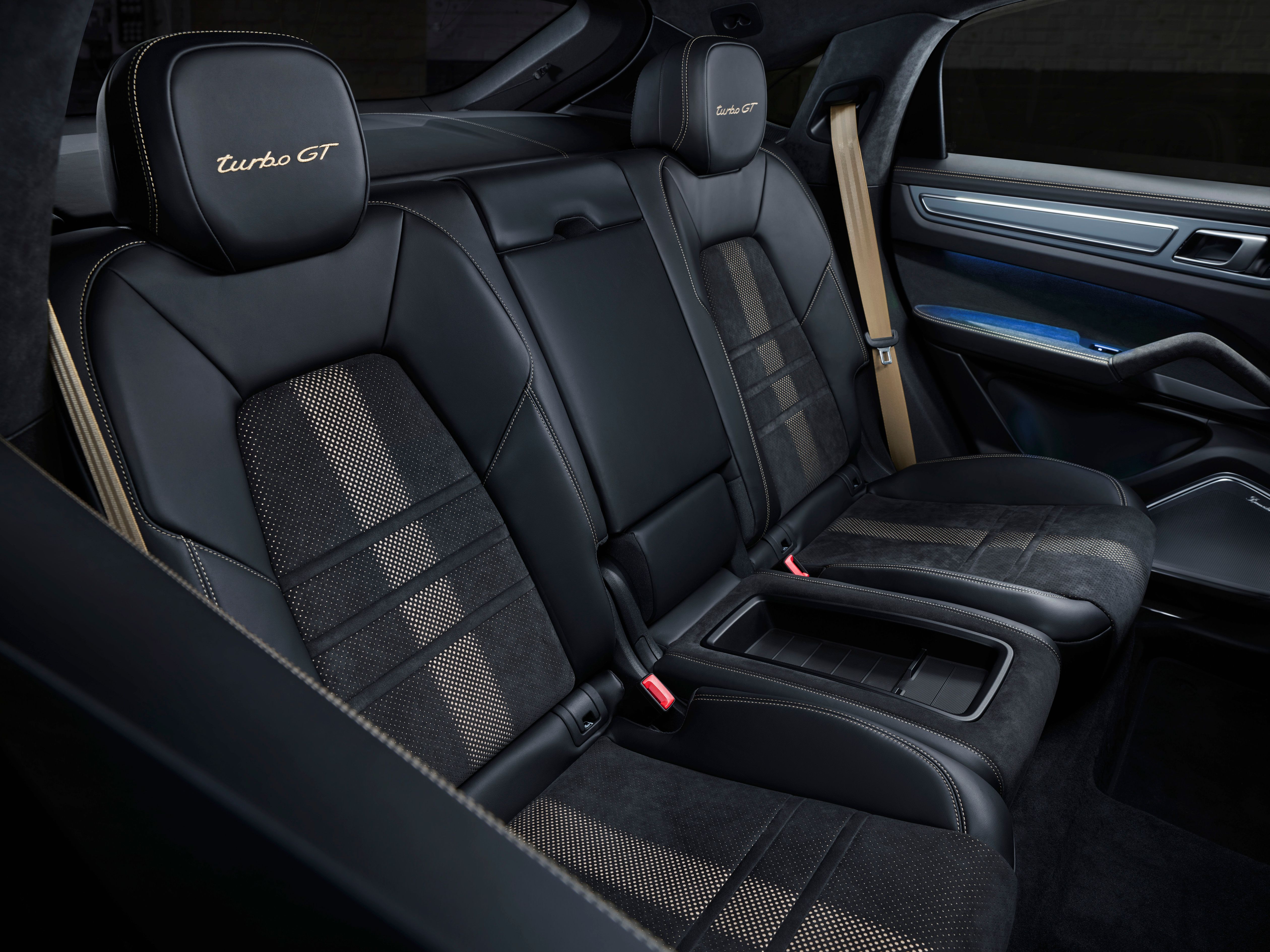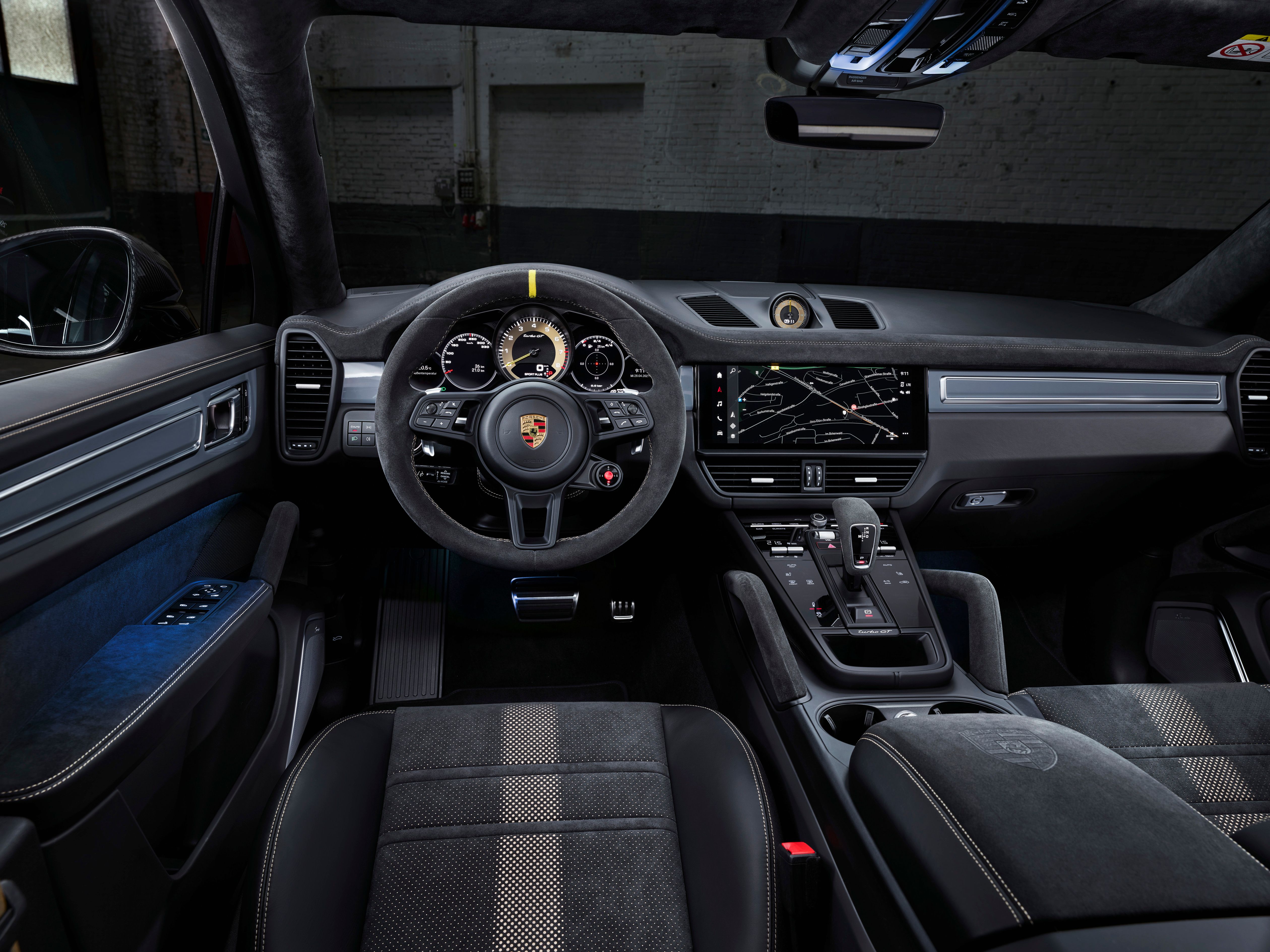What do Aston Martin DBX, Lamborghini Urus and Porsche Cayenne have in common, apart from the German link and the legendary sport car pedigree? Quite a bit actually. They offer top-notch performance, a state-of-the-art 4x4 system and have enough cargo space to quench retail therapy, daily family chores and are even happy to do soccer practice errands. In many ways, this is a testimony to how the sport cars brands have evolved in the last decade. What will surprise many is that it’s the SUVs like the Cayenne or the more compact Macan and the Urus that are bestsellers of their respective companies and even though Aston Martin has recently ventured into this segment, we have no doubt that it will only be a matter of time when the DBX will reign the sales charts.
Initially, purists scoffed at the idea of sports car companies rolling out SUVs, but Porsche saw the rising demand for all-terrain vehicles and created the once upon a time niche sports SUV segment by launching the Cayenne, in 2003. Sure, the German brand initially received a bucket load of criticism, but turn the page to the year 2021 and we have every manufacturer vying for this division. There’s more to these power-packed SUVs than just an appetite for Need for Speed as they manage to tick all the right boxes.
Aston Martin DBX: SUV By Nature With Unparalleled Luxury
It’s been some time coming, but the Aston Martin DBX has finally arrived. Out of three SUVs, the DBX, no doubt, is a level above the rest when it comes to exquisite luxury and craftsmanship and it, of course, retains the British sports car manufacturer’s legendary class-leading handling characteristics. Aston Martin has managed to do this with the help of the latest technology like the manufacturer’s first air suspension system, 4x4 system, 48v active anti-roll bar system and electronic adaptive dampers. Even though in terms of design, it may come across as slightly understated, the DBX offers the most luxurious cabin with all leather finish and a dashboard that offers seven different veneers from contemporary wood to carbon fiber and natural flax composite. Being a bespoke brand, it offers numerous customization options for the interiors.
The design of the SUV makes it look quite compact, but with a length of 198.4 inches, the DBX is actually longer than the Cayenne. It offers an impressive 22.3 cubic feet of cargo space and thanks to the split rear seat a flexible luggage space is available if and when required. The 5-seater Aston Martin SUV’s cabin has a sense of airy spaciousness and plenty of shoulder room in the front along with plenty of useful cubby holes. Great news for tall passengers sitting in the rear. The DBX, not only, has more than enough legroom, but they can also comfortably sild their feet underneath the front seats. One can’t complain about the headroom either as Aston Martin is quite generous in that department.
Powered by a 4-liter twin-turbo V8 sourced from Mercedes-AMG, it belts out 550 hp at 6,500 rpm and torque of 516 lb-ft at 2,000 - 5,000rpm. When compared to the Urus, it’s not the fastest gun in the West, but Aston Martin wasn’t aiming for that. They wanted to balance performance with unparallel style, luxury and usability, which they have managed to achieve. The DBX starts from $176,900 MSRP.
Lamborghini Urus: Afterburner On Full Blast
Let’s be honest, if you want to make a grand statement then not many come close to the Lamborghini Urus’ presence. With the world trying to reduce its carbon footprint, sadly, gone are the days when Lamborghinis were powered by the massive V10 and V12 engines, but the new first-ever turbocharged 4-litre V8 is hardly a slouch. With 650 hp at 6,000 rpm and 626.93 lb-ft of torque at 2,250-4,500 rpm, the Urus is one blistering raging bull that does 0-62 mph in mere 3.6 seconds and 0-124 mph in 12.8 seconds. Even though this V8 engine is shared among other brands in the Volkswagen family-like Audi, Bentley and Porsche, VW Group has ensured the Italian stallion gets the most powerfully tuned avatar as it rightly deserves.
As we’ve mentioned earlier, apart from the mind-blowing performance, these SUVs bring in a practical aspect that transforms them into family vehicles as well. After all, how many Lamborghinis can boast of being able to pamper 4 or even 5 adults inside the cabin depending on the variant you buy. The cabin as such is spacious and offers plenty of leg and shoulder room. The only issue is the headroom for the rear passengers which is fairly limited due to the sloping roofline. The boot is wide and offers plenty of space, 21 cubic feet to be precise. So, it can store a couple of golf sets with clubs or soccer kits.
Keeping an eye on technology, the Urus is the first Lamborghini to be equipped with car-connected features like providing real-time travel, navigation and destination updates. It has smart features which make the mobile phone double up as a remote to unlock/lock the vehicle, find the location of the vehicle and receive a car status report. Starting at a quarter of million dollars, the Urus is an expensive SUV when compared to its competition, but one also has to keep in mind that it’s the most affordable Lamborghini in the stable.
Porsche Cayenne: Blur The Line Between SUV And Sports Cars
In 2003 when Cayenne made its debut, many couldn’t believe that the 911 maker had decided to manufacture an SUV. Even the competition started taking potshots at Porsche, but knowing the German precision, technology and vision, the Stuttgart-based firm adapted and capitalized on the SUV demand and low and behold we have the entire automotive sector desperately wanting a piece of this pie.
With the Cayenne, Porsche redefined the image of an SUV by making it a high-performance machine with corner-carving ability that no machine of such magnitude has ever managed to achieve. By collaborating with Volkswagen, Porsche learned the off-roading capabilities required for an SUV and at the same time, the Cayenne would offer almost sports-car-like handling characteristics that were never heard of in this segment. Porsche’s aim was to make their SUV capable to conquer mountain trails and doing hill climbs, sailing through mud pits and being the benchmark on the tarmac which they successfully achieved.
Just to give you an idea of how big the Cayenne is, in terms of overall length and width, the Porsche SUV is slightly superior in size to the Range Rover Sport. It is designed to offer comfort for 4-5 people on a long journey. Despite having a coupe-like roofline, there’s plenty of headroom for everyone and spacious legroom, especially for rear passengers. Keeping convenience in mind, the Cayenne’s rear bench is adjustable and slides front and back to improve both legroom and extra baggage space. Porsche’s put a high priority on boot capacity with the GT Turbo offering a luggage compartment volume of 19.4 cubic feet, which is the least in the Cayenne range but still fairly good, while the entry-level SUV boasts 27.2 cubic feet, which is more than even its cousin, the Urus.
Even though the 3-litre V6 335 hp Cayenne starts from $69,000, it’s the top-of-the-line variant, the Turbo GT, that goes against the likes of the Urus and the DBX, and is priced at $180,800. This variant is powered by the 4-litre V8 and churns out 631 hp with 626 lb-ft of torque.

